With over 500,000 inhabitants, Nuremberg is the second largest city in the state of Bavaria, after Munich.
For several centuries, Nuremberg was the undeclared capital of the Holy Roman Empire and the preferred residence of the German kings, becoming a great economic and political center for Europe of the Middle Ages and then of the Renaissance, playing an important role including in Martin Luther‘s reformation.
If you are passionate about history and stories about the Second World War , then you must visit the Documentation Center . During the period of National Socialism, Nuremberg was chosen by the Nazis as the site for the party’s national congresses – one of the most important centers of Nazi propaganda.

On the outskirts of the city today you can find the “Fascination and Terror” Exhibition where the political and social history of the Nazi party is presented. The 19-room exhibition is located in the Palace of Congresses – designed to accommodate 50,000 people. As Hitler‘s favorite city, during World War II, Nuremberg was one of the most heavily bombed German cities and about 90% of the urban settlement was destroyed, as well as the lives of many people. After the end of the war, huge efforts were made to rebuild the city, which was restored to its medieval charm from other times.

A city break is perfect to discover the harmonious way in which historic buildings blend with modern architecture. On one side there are wooden houses, Gothic churches, imperial castles – residences of the emperors of the Holy Roman Empire. On the other hand, the city of Nuremberg and the surrounding cities are home to some of the most famous German companies, such as Adidas, Faber-Castell, Playmobil, Puma and several divisions of the industrial giant Siemens.
What can you visit in Nuremberg?

Old Town (Altstadt). Crossed by the Pegnitz River, the old town was completely rebuilt after the Second World War and is surrounded by high and thick walls erected since 1452; it is a mini-town where you can find the oldest restaurant in Nuremberg , cathedrals, fountains and wide squares.

In the northern part of the old city is the Imperial Castle, a special place in terms of architecture, location and history, being the residence of the German kings between the years 1050 and 1571. Inside the castle is the Kaiserburg Museum where old armor and exhibits presenting the history of the fortress and equestrian art of the Imperial Era.

In the Hauptmarkt (Central Market) is located the Schöner Brunnen (Beautiful Fountain), built in the 14th century; it is about 19 meters high, having the shape of a Gothic tower. The fountain was carved between 1385–1396 and is decorated with statues depicting prophets, saints, electors of the Holy Roman Empire or local nobles. At the base of the fountain is the “lucky ring” – it is said that whoever passes through the area must spin the ring to be lucky.

Also in the Central Square is St. Lorenz Kirche (Church of Saint Lawrence). The construction of the church was started around 1250 and finished in 1477, the architectural style in which the works were carried out being Gothic. It is one of the two large churches in the city, along with St. Sebald’s Church, one of the most important edifices of worship of the Evangelical Church in Bavaria, as well as a famous tourist attraction.

Handwerkerhof – if you want to take a little trip into the past and are interested in traditional products from Nuremberg you should not miss this place. Within the thick walls of the city, lies the former armory of the imperial city.

Today, in the small houses and on the narrow streets you can taste traditional food, local beer or simply admire the handmade products made of leather, glass, gold, silver or wood.

The Frauenkirche (Church of Our Lady) is on the eastern side of the main square. An example of Gothic brick architecture, it was built at the initiative of Charles IV , emperor of the Roman Empire between 1352 and 1362. The church houses numerous sculptures, but also works of art from the Middle Ages.

Albrecht–Dürer–Haus – the home of one of the most famous painters and graphic artists in the history of art: Albrecht Dürer (1471-1528). The building is one of the few surviving 16th-century art houses in Europe. It contains reconstructed living rooms and kitchens, as well as a large workshop with working printing equipment.

The “Path of Human Rights” monument (Straße der Menschenrechte) is a monumental outdoor sculpture made in 1993. The sculpture is represented by 30 pillars on which 30 articles of the Universal Declaration of Human Rights are engraved. With this sculpture, Nuremberg wanted to get rid of that reputation as a Nazi city and become known as a city that promotes human rights.

Deutsche Bahn Museum (Verkehrsmuseum) – the oldest railway museum in Germany, with the largest collection of historic vehicles, exploring the history of the country’s railway system.

Here you can see the first engine from Germany, known as “Adler“. Other exhibits feature the carriage of Ludwig II, objects that belonged to Otto van Bismark, a model of the ICE 4, Germany‘s oldest passenger coach, and more. Schedule: Tuesday – Friday 9:00 – 17:00; Saturday, Sunday and public holidays 10:00 – 18:00, closed on Monday. Price: €6/adult; €3/child (6-17 years); free for children under 6 years old. More information can be found on the museum’s website .

If you arrive in Nuremberg, don’t forget to eat the famous traditional Nürnberger Rostbratwürstchen sausage, the ideal place being the Bratwursthäusle. Bavaria is famous for its beer, and any avid beer drinker should visit the Altstadthof brewery, where you can find many types of the drink, including smoked beer. Let’s not forget the gingerbread (Lebkuchen). Nuremberg is the city where gingerbread comes from, and during the Christmas Market you can choose from hundreds of varieties and shapes of gingerbread.

Other places you can visit: Playmobil FunPark – located next to the Playmobil factory and is a theme park for children up to 10 years old; The German National Museum – founded in 1852, houses articles related to German culture and art, being the largest museum of cultural history in Germany. The Museum of Industrial Culture – includes exhibits illustrating the history of industrialization in Nuremberg. The Zoo – one of the most beautiful gardens in Europe with about 2000 animals from 300 species. Schloss Faber-Castell/ Faberschloss – from 1843 to 1846, the castle was designed and built by the architect Friedrich Bürklein in the Neo-Renaissance style for Lothar von Faber. The Faber-Castell family, who had become wealthy through the pencil production of their company, Faber-Castell, lived in the castle until 1939.
Those wishing to visit Nuremberg can download free flyers and city maps available in several languages from the Tourismus Nuernberg website . You can also find here information related to public transport, parking, events, restaurants and hotels.
Tourist information center NÜRNBERG INFO :
Königstraße 93, 90402 Nürnberg. Schedule: Monday-Saturday 09:00 - 19:00; Sunday: 10:00 – 16:00.
Hauptmarkt 18, 90403 Nuremberg. Schedule: Monday-Saturday 09:00 - 19:00; Sunday: 10:00 – 16:00.
(Nuremberg - April 2018)
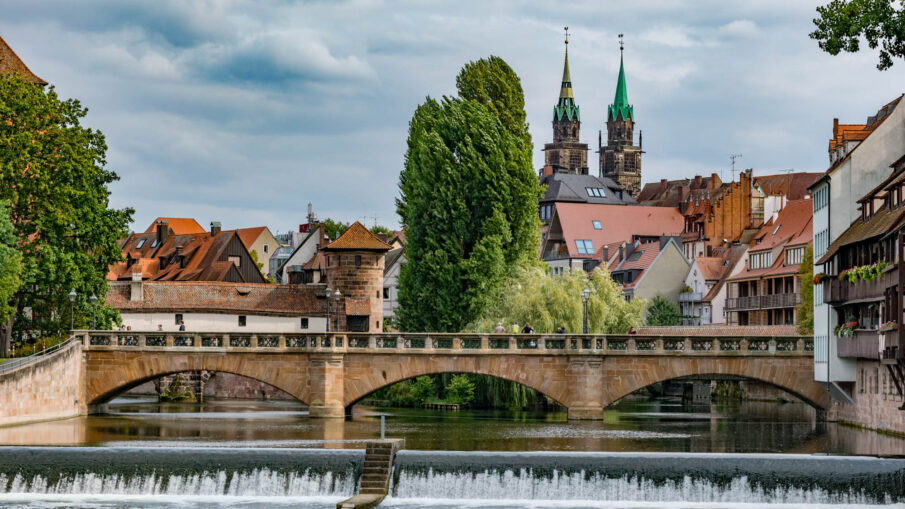
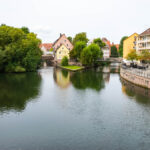
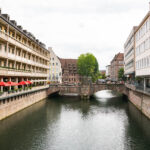
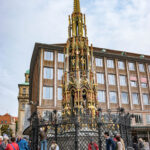
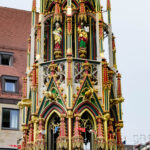
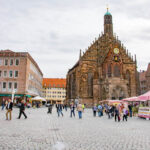
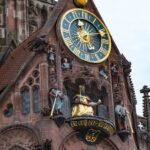
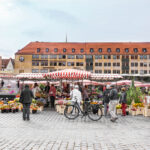
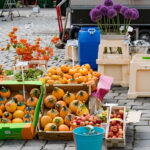
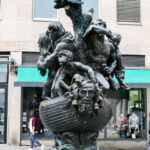
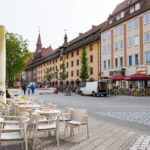
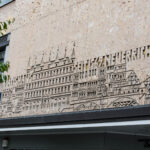
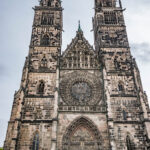
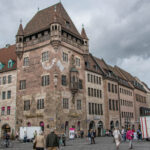
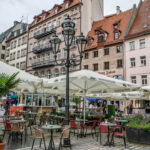
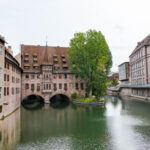
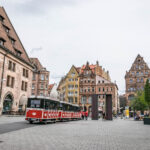
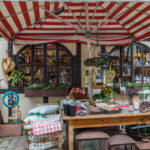
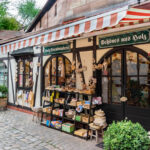
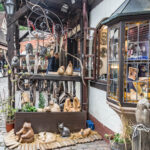
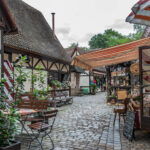

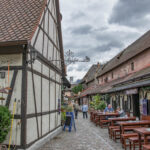
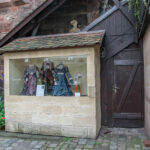
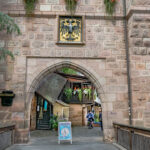
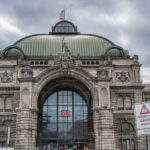
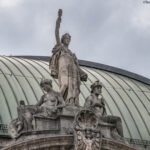
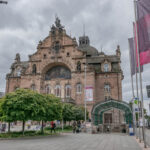
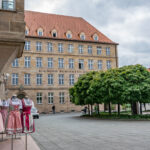
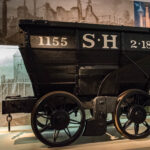
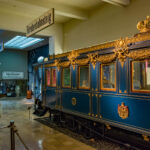
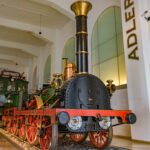
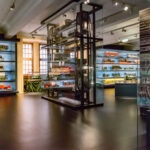
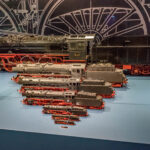
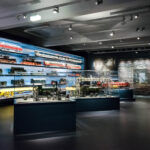
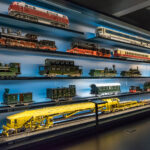
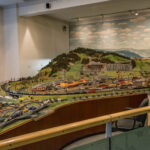
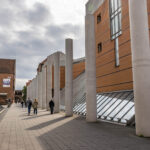
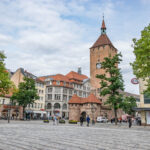
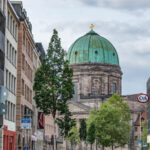
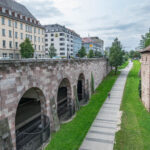
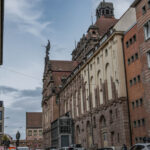
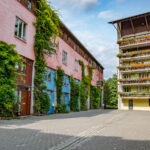
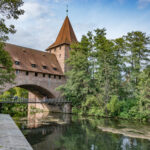
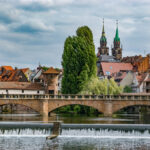
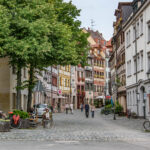
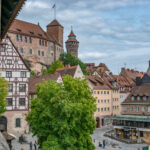
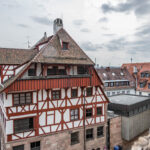
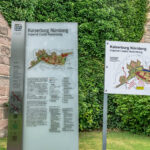
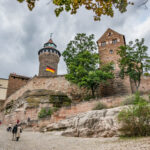
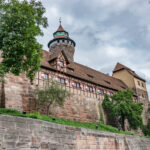
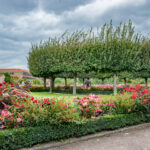
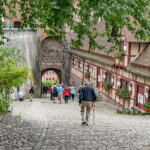
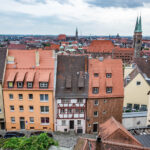
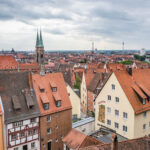
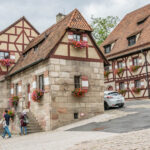
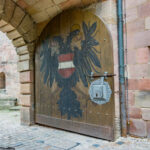
Leave a Reply